Foxes, with their cunning nature and distinctive bushy tails, are among the most fascinating creatures in the animal kingdom. However, many of their species are rarely seen and are shrouded in mystery due to their elusive habits and remote habitats. This article explores the 19 rarest foxes in the world, highlighting their unique adaptations, the challenges they face for survival, and the efforts being made to conserve these remarkable canids. From the Arctic tundras to the deserts of Africa, join us on a journey to discover these lesser-known yet incredibly interesting members of the fox family.
Island Fox (Urocyon littoralis)

The Island Fox is native to the Channel Islands of California. Smaller than its mainland cousin, the gray fox, it features a more subdued color palette and weighs just about 5 pounds. Each of the six Channel Islands it inhabits has its own subspecies, adapted to the specific environment of the island. Critically endangered due to predation and disease, conservation efforts have led to a significant recovery since the 1990s.
Darwin’s Fox (Lycalopex fulvipes)
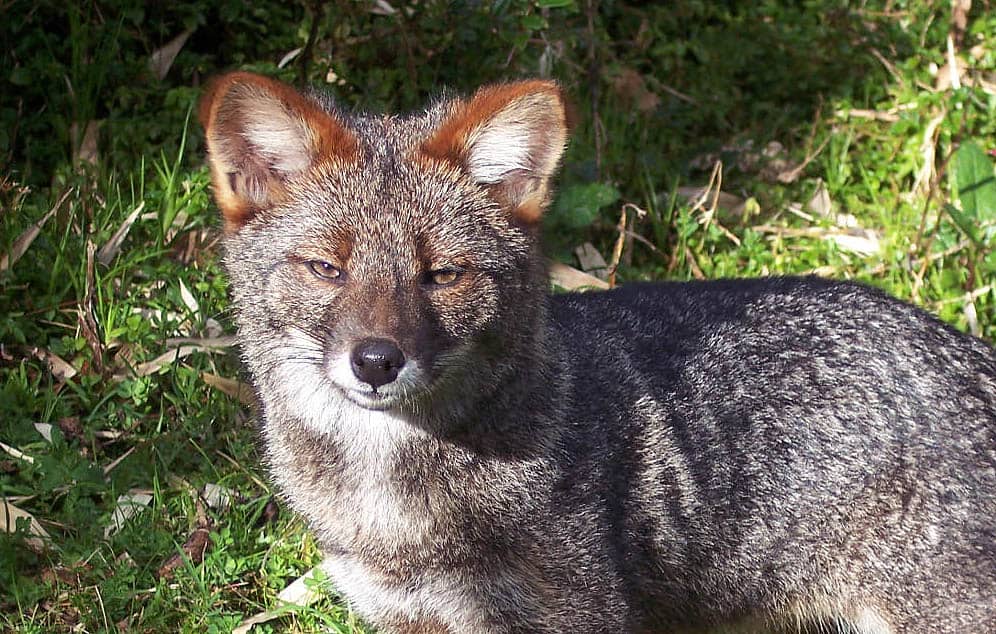
Named after Charles Darwin, who first identified the fox on Chile’s Chiloé Island, Darwin’s Fox is distinguished by its dark, somber coat and sturdily built frame. It’s critically endangered, primarily due to habitat destruction and competition with domestic dogs. Conservation efforts are focused on habitat preservation and reducing human-wildlife conflict.
Corsac Fox (Vulpes corsac)
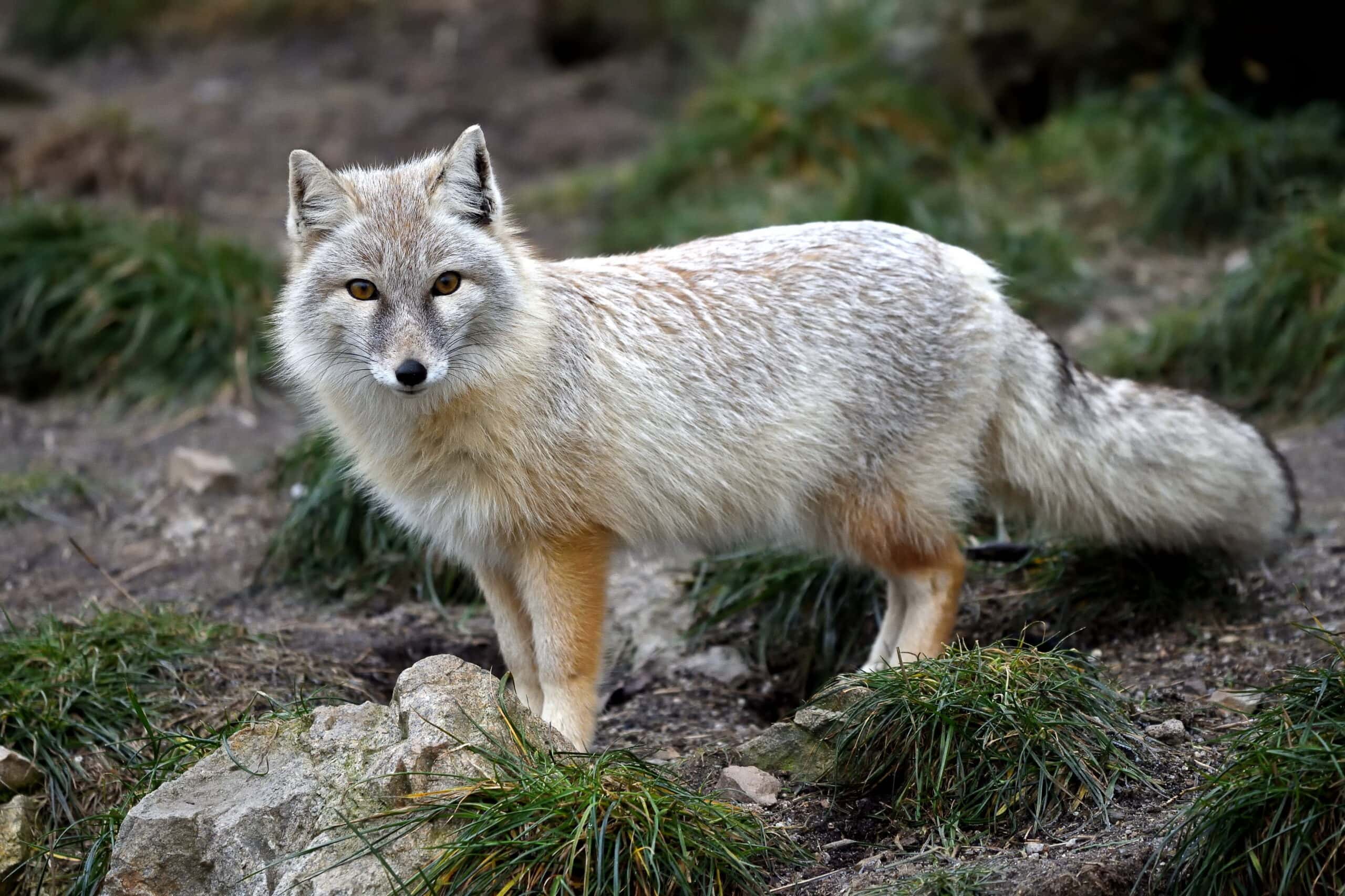
Image Editorial Credit: Alexandr Junek Imaging / Shutterstock
Found across the steppes and semi-desert regions of Central Asia, the Corsac Fox avoids forested areas and high mountains. Its fur changes color with the seasons, providing effective camouflage. Although not currently endangered, it faces threats from habitat degradation and hunting for its fur.
Bengal Fox (Vulpes bengalensis)
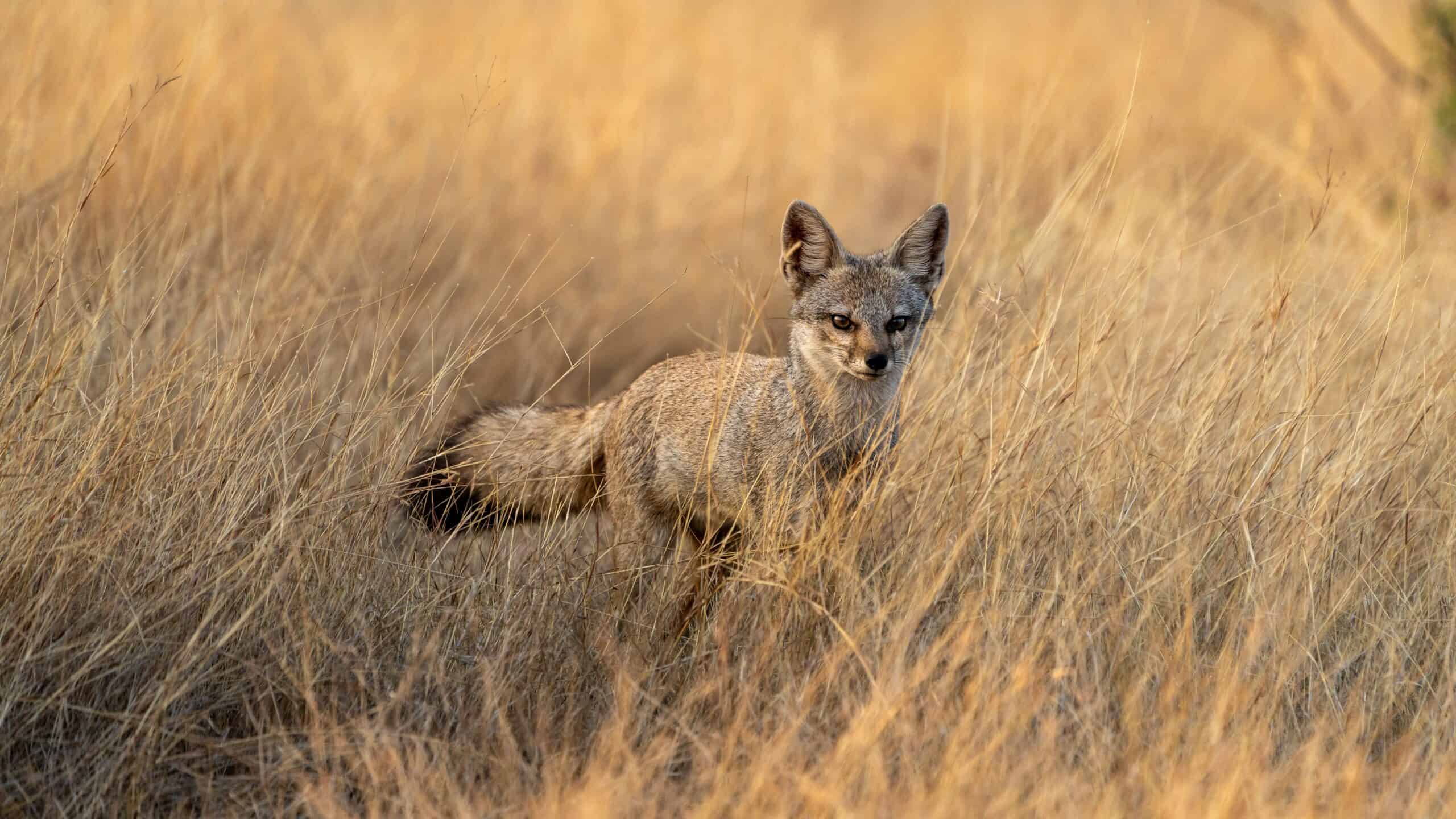
The Bengal Fox, or Indian Fox, lives in the Indian subcontinent. With a slender body and a long, bushy tail, it primarily inhabits open country, from semi-desert scrubland to thorn forests. It is vital to the ecosystem, controlling rodent populations, but suffers from habitat destruction.
Blanford’s Fox (Vulpes cana)

Blanford’s Fox is known for its agile climbing skills, necessary to navigate the cliffs, rocky outcrops, and ravines of the Middle East and Central Asia. This small fox has a striking black-tipped tail and relies heavily on fruits and insects in its diet. Despite its wide range, it is rarely seen and considered vulnerable.
Tibetan Sand Fox (Vulpes ferrilata)
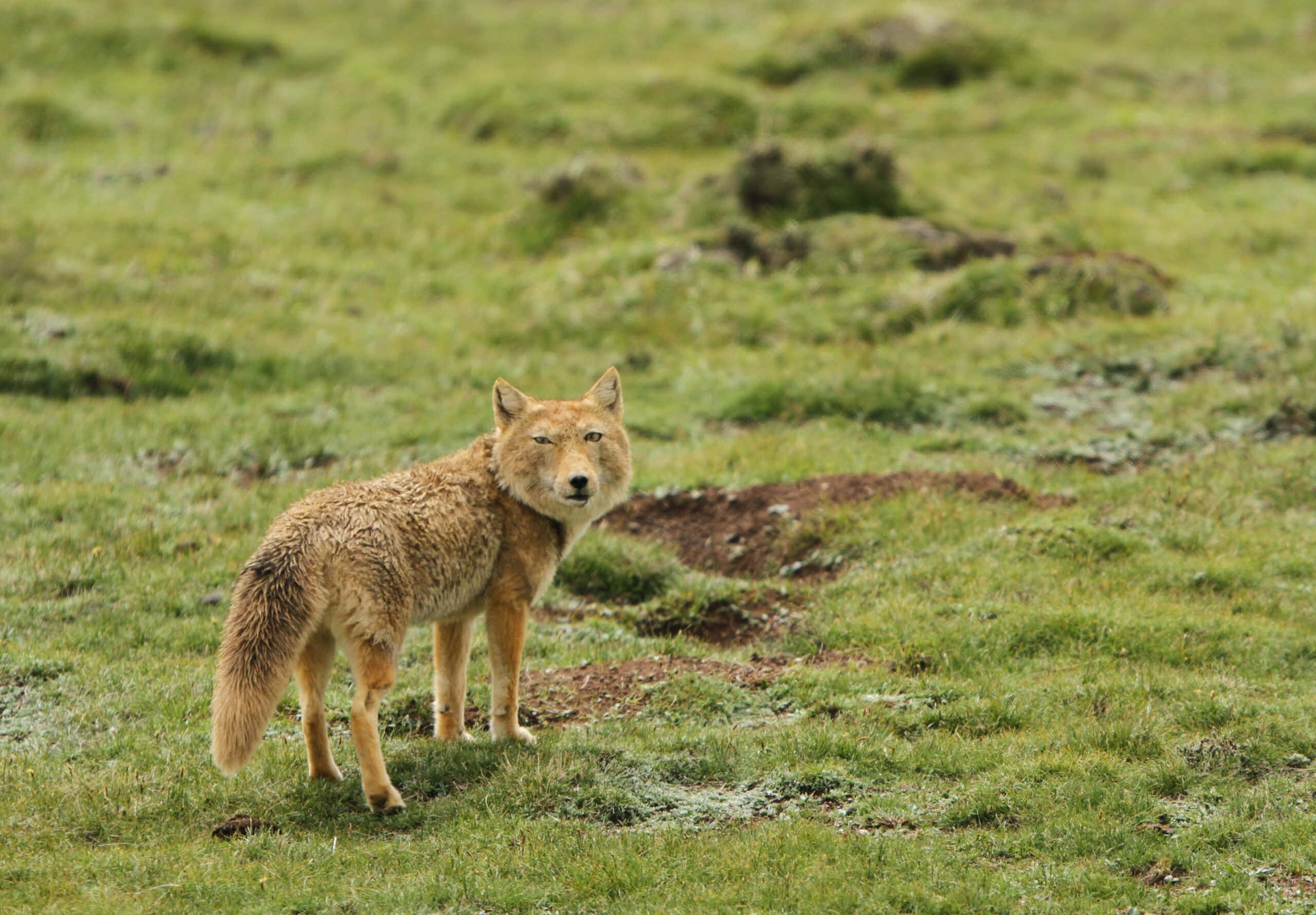
The Tibetan Sand Fox is immediately recognizable due to its squarish face and small, compact body, adapted to the cold Tibetan Plateau. Its diet mainly consists of pikas and rodents. While not endangered, its survival is closely linked to the fragile plateau ecosystem.
Kit Fox (Vulpes macrotis)

The Kit Fox is native to the arid regions of North America, from the deserts of Mexico to the western United States. It is the smallest fox species in America and is known for its large ears, which help dissipate heat. Habitat loss and degradation pose significant threats to its population.
Rüppell’s Fox (Vulpes rueppellii)
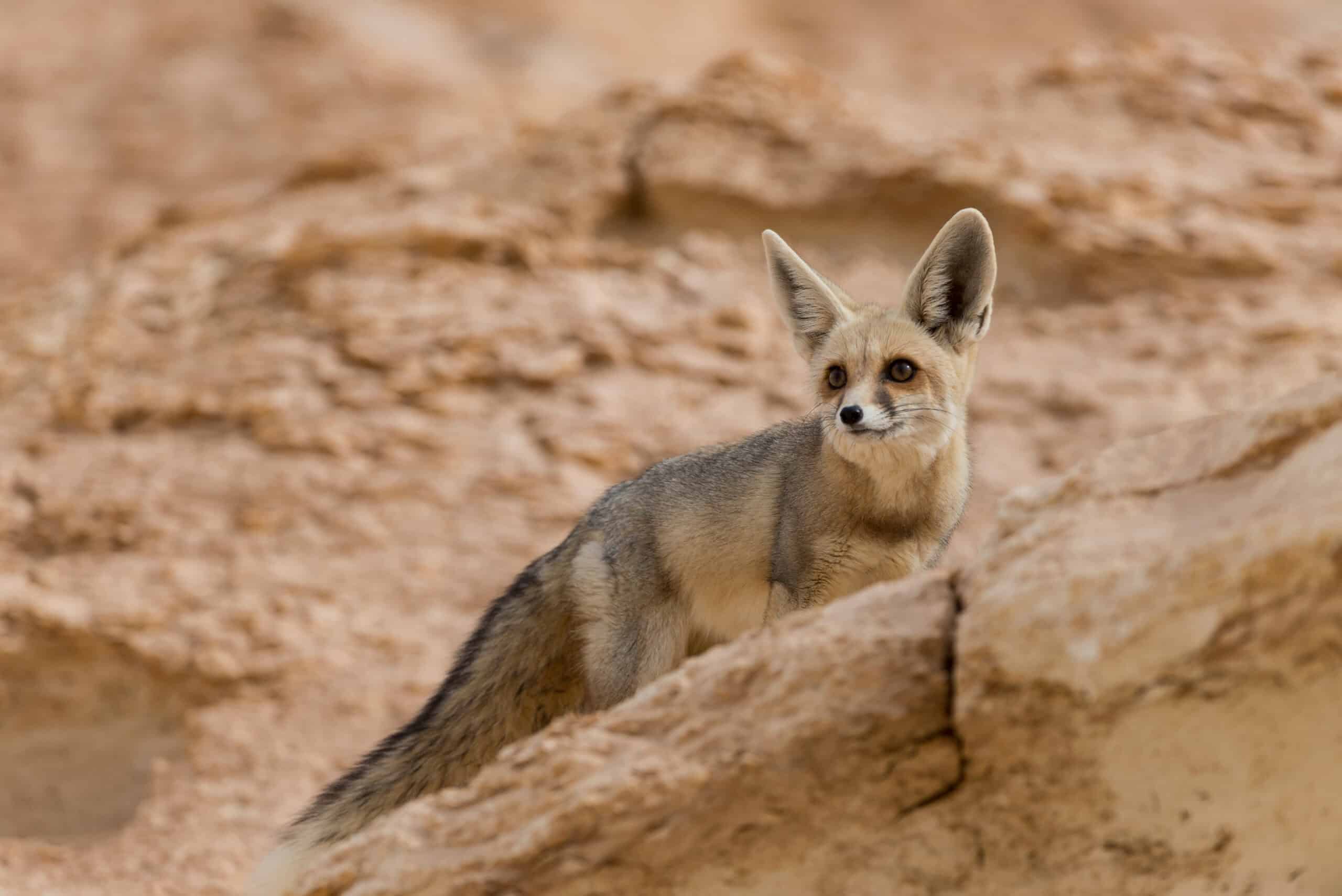
Rüppell’s Fox is named after the German naturalist Eduard Rüppell. This small fox inhabits deserts of North Africa and the Middle East, with a coat that camouflages it against sandy soils. Its burrowing habits help it avoid extreme daytime heat.
Arctic Fox (Vulpes lagopus)
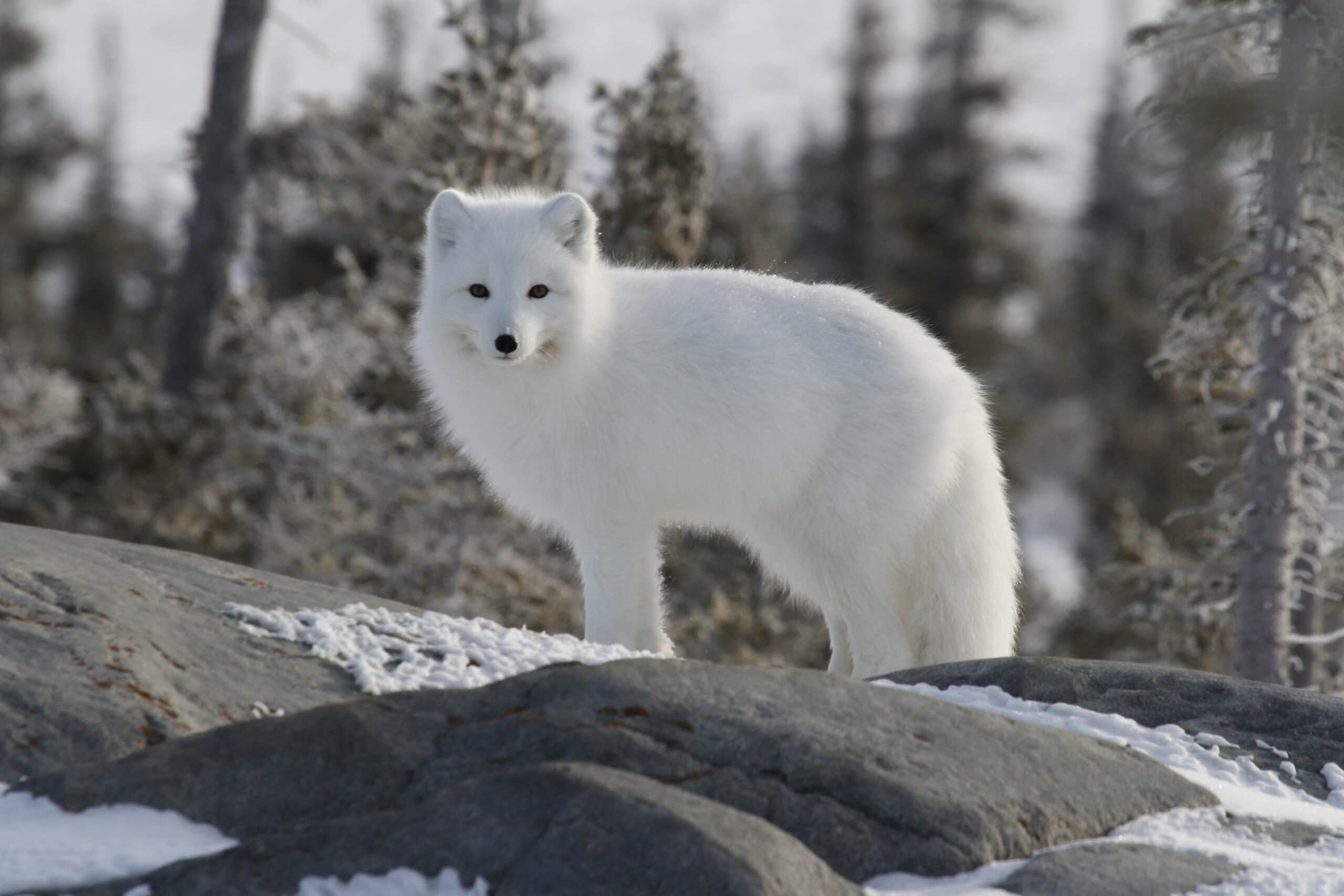
The Arctic Fox is well adapted to its freezing habitat, with fur that changes from brown to white for camouflage in snow. It is found throughout the Arctic tundra and is particularly noted for its warm pelt, which has made it a target for hunters. Climate change poses a significant threat to its ice-bound habitat.
Cape Fox (Vulpes chama)

Also known as the silver-backed fox, the Cape Fox is native to southern Africa. It is the only true fox found in the region, distinguishable by its silver-gray fur and black-tipped tail. It is primarily nocturnal and faces threats from human encroachment and poisoning.
Fennec Fox (Vulpes zerda)
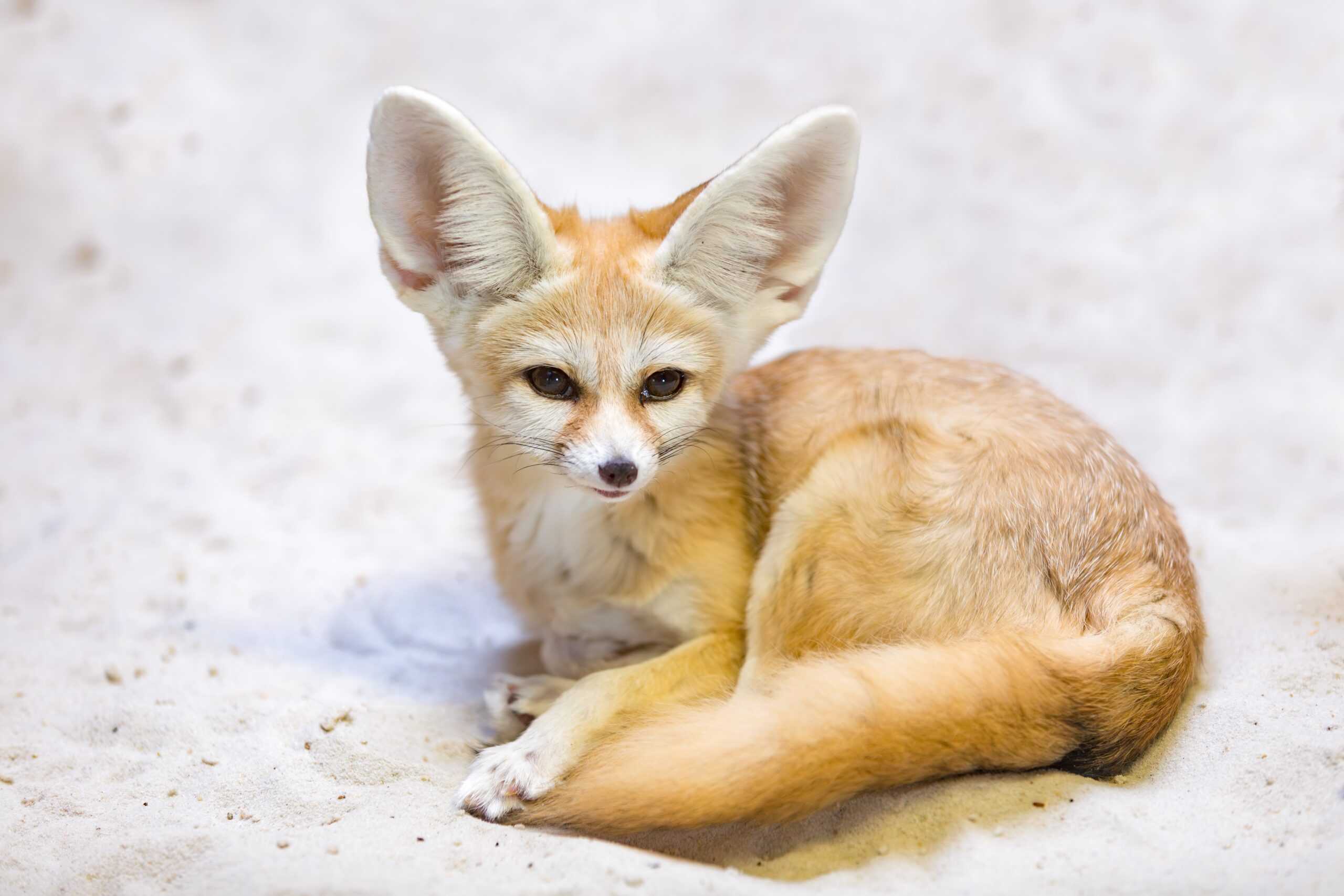
The Fennec Fox, famous for its strikingly large ears, dwells in the Sahara Desert and other arid regions of North Africa. Its ears help dissipate heat and locate insects, small mammals, and plants for food. While adapted to extreme desert life, it faces risks from the exotic pet trade and habitat loss.
1Swift Fox (Vulpes velox)

Native to the western grasslands of North America, the Swift Fox is named for its speed. It was once nearly extinct due to extensive poisoning campaigns against wolves and coyotes but has recovered somewhat thanks to conservation efforts. Continued habitat fragmentation remains a challenge.
Hoary Fox (Lycalopex vetulus)
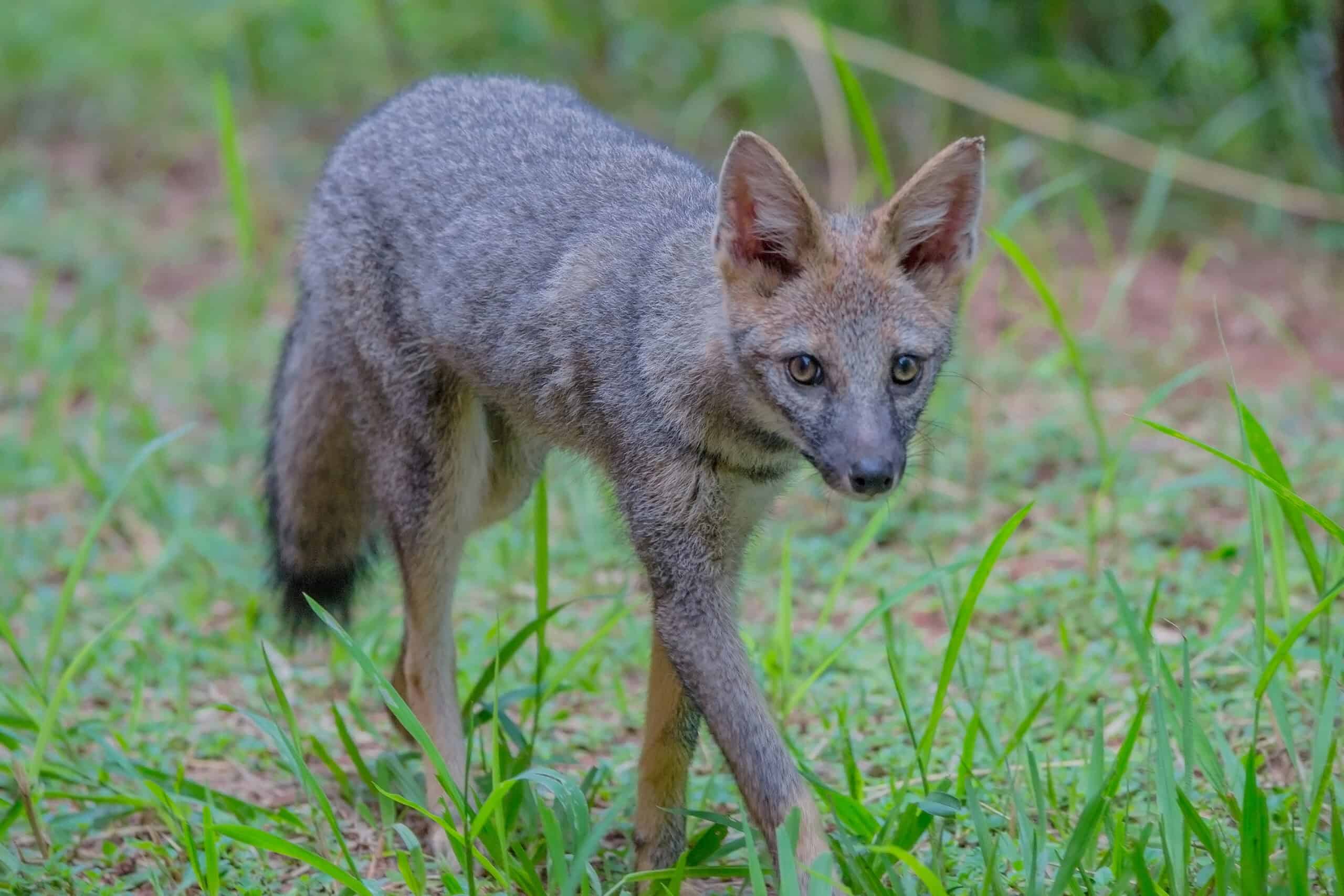
The Hoary Fox of Brazil is small, with a diet peculiarly consisting mostly of insects, particularly termites. Its gray to light-brown fur and shorter tail distinguish it from other South American fox species. Habitat loss due to agriculture poses the greatest threat to its survival.
Sechuran Fox (Lycalopex sechurae)
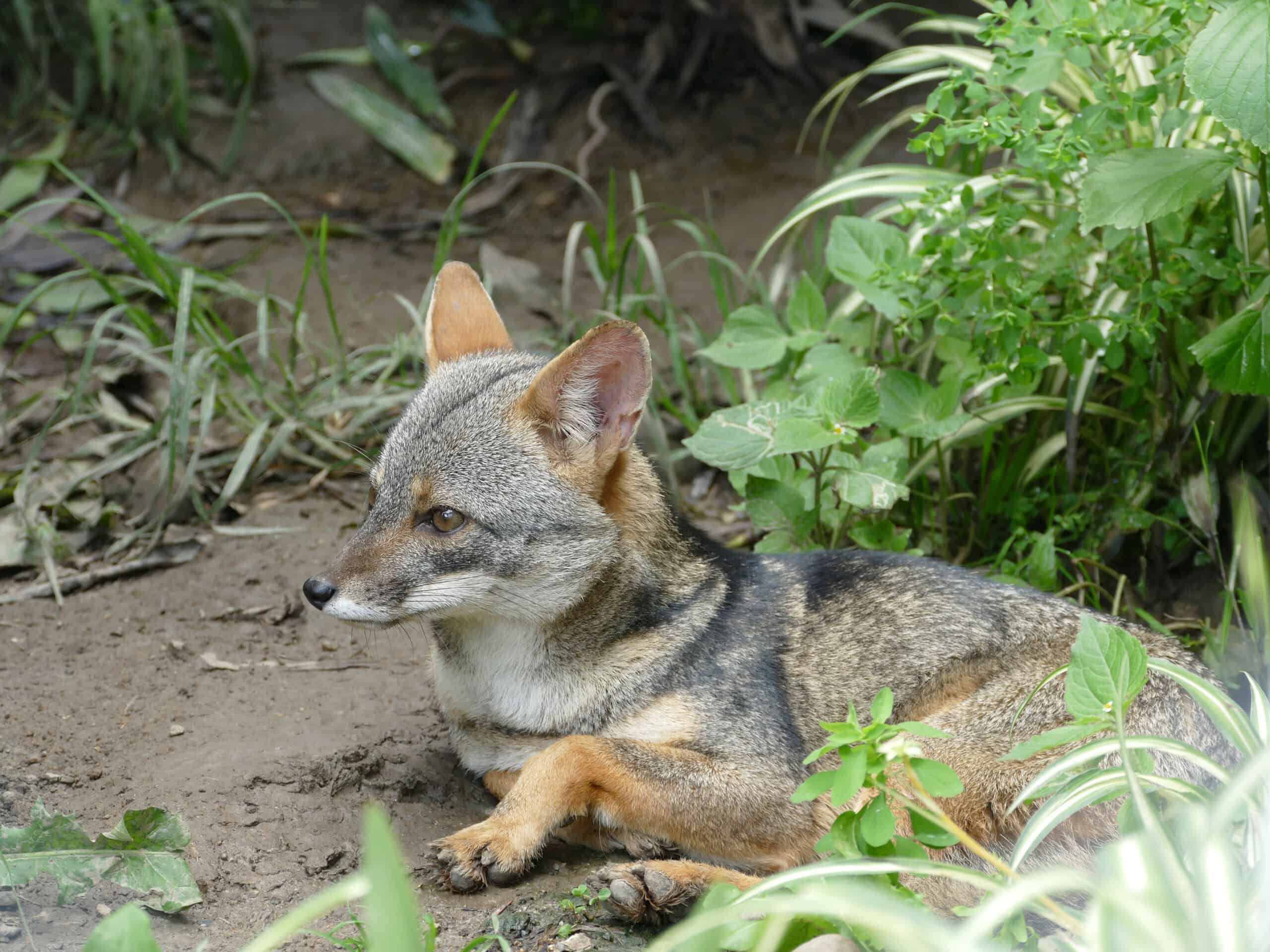
The Sechuran Fox is native to the Sechura Desert of Peru and Ecuador. It is a small fox with a grayish coat and a less bushy tail compared to other fox species. Its population is not well studied, but it is believed to be vulnerable due to habitat destruction and hunting.
Pampas Fox (Lycalopex gymnocercus)
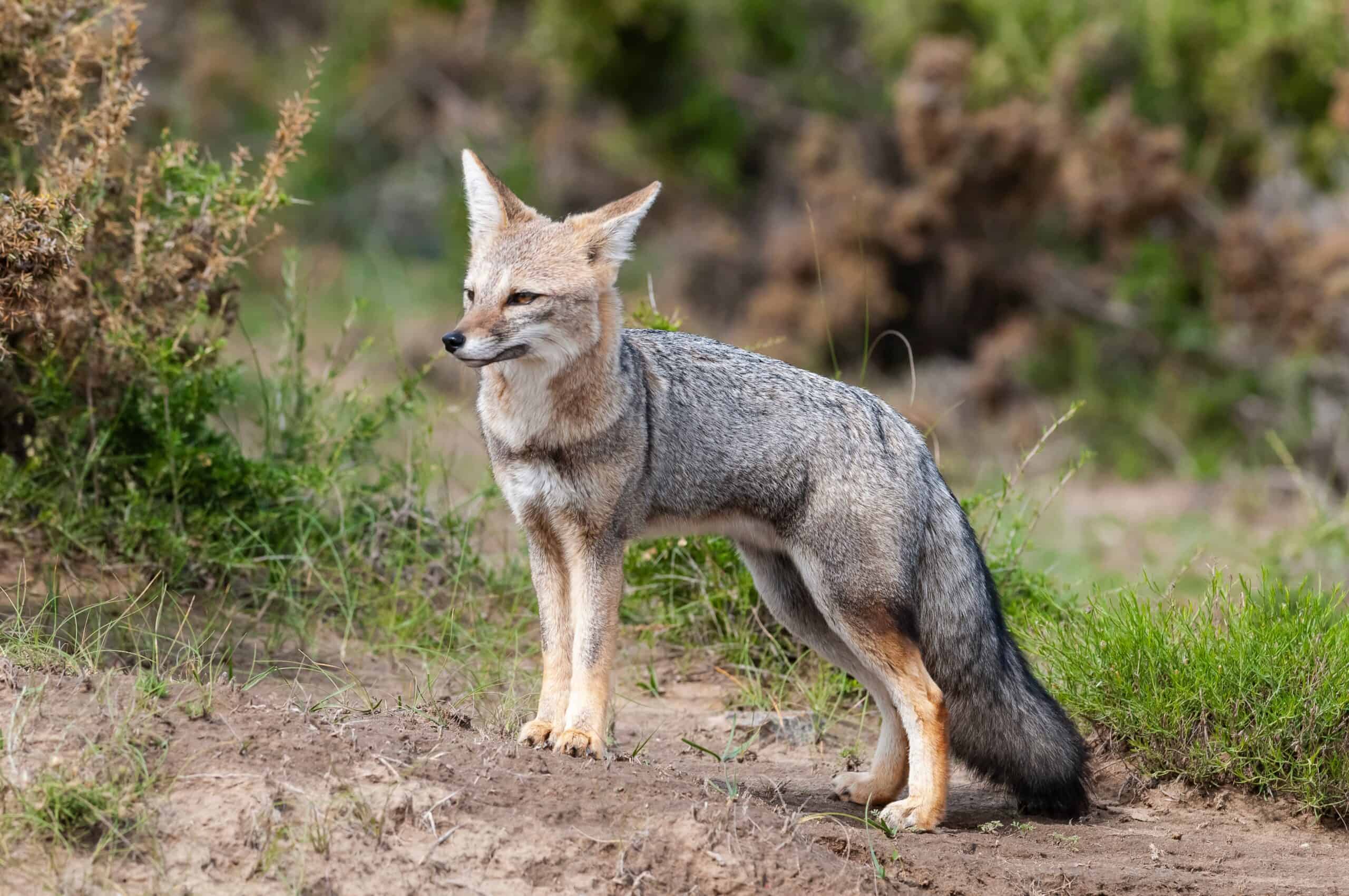
The Pampas Fox can be found across the grasslands of South America. It has a varied diet that includes fruits, birds, and small mammals. Despite its adaptability to different environments, it faces pressure from hunting and loss of habitat.
Crab-eating Fox (Cerdocyon thous)
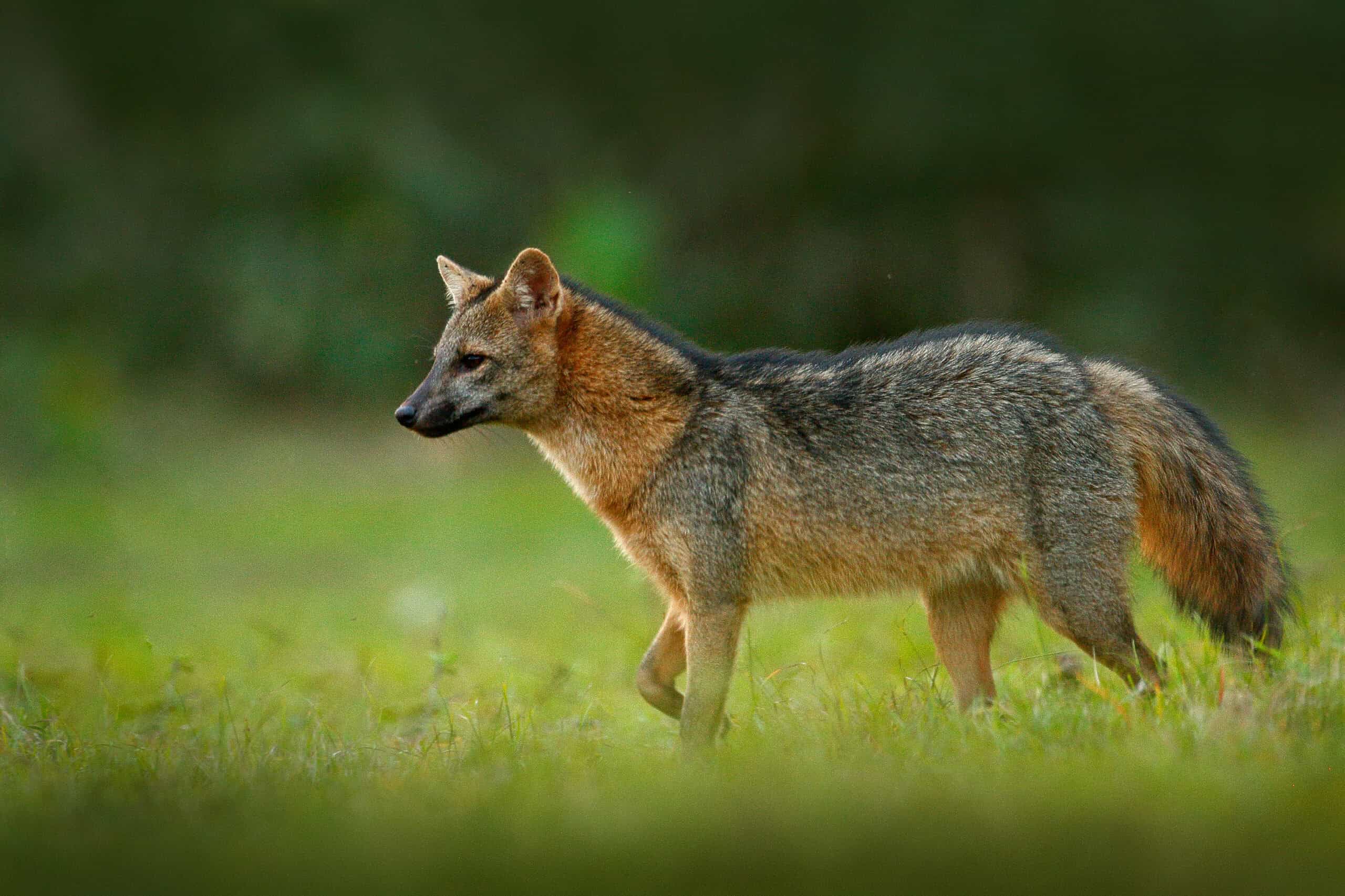
Native to Central and South America, the Crab-eating Fox is so named for its dietary preference in coastal areas but it also eats insects and small animals. It is adaptable to various habitats but is often persecuted as a pest.
Andean Fox (Lycalopex culpaeus)
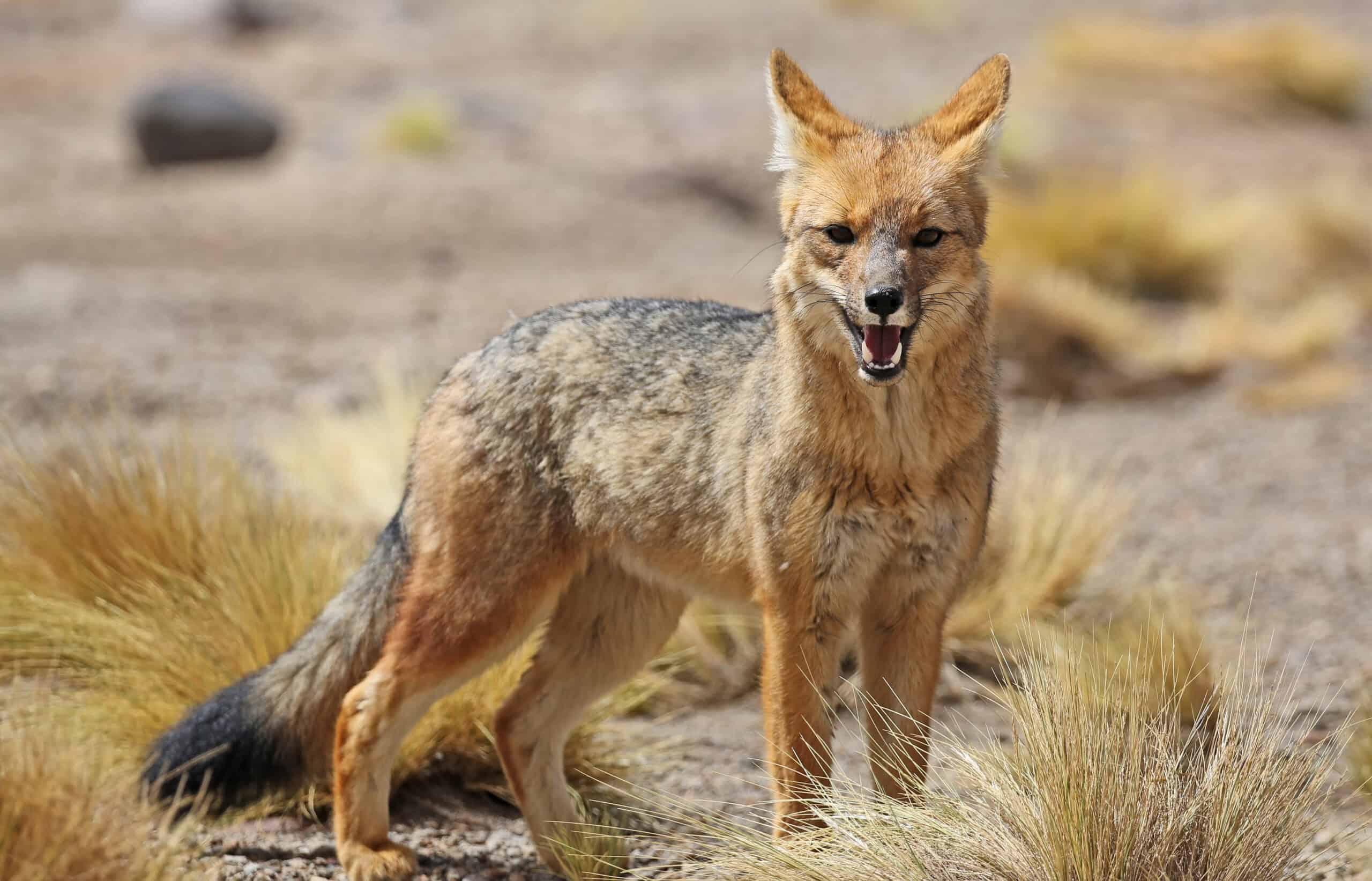
Also known as the culpeo, the Andean Fox is the second largest fox species in South America and resembles a small coyote. It is vital for controlling rodent populations in its mountainous habitat but suffers from conflict with farmers and ranchers.
South American Gray Fox (Lycalopex griseus)
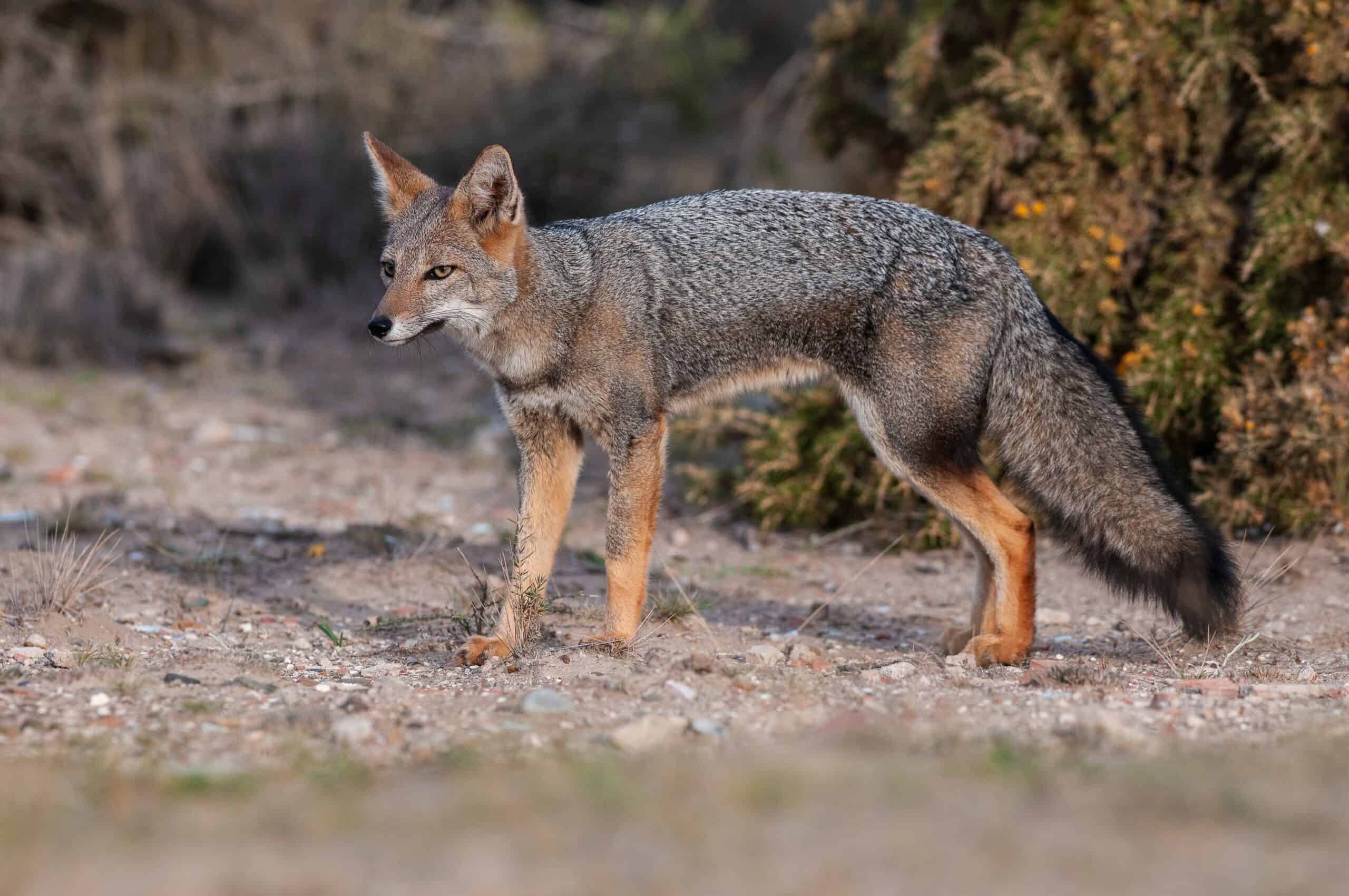
Found in the southern part of South America, this fox is notable for its gray coat and bold, bushy tail. It adapts well to varied environments but faces threats from habitat fragmentation and human expansion.
Desert Fox (Vulpes vulpes pusilla)
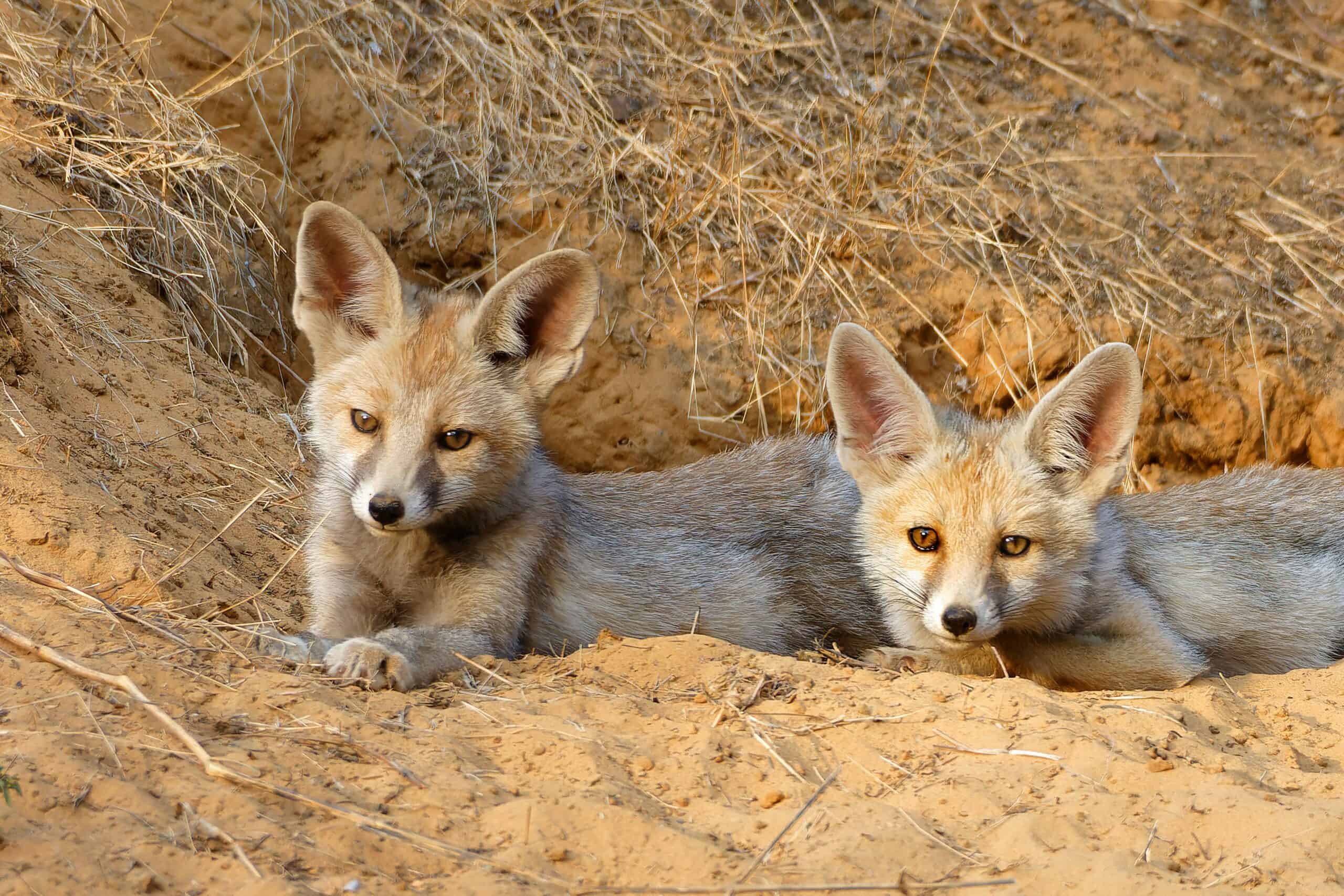
Also known as the ‘Blanford’s fox’, this small fox species is adapted to life in arid, mountainous regions where it is seldom seen. It is one of the lesser-known species due to its elusive nature and sparsely populated habitat.
This article originally appeared on Rarest.org
More from Rarest.org
15 Most Expensive Diamond Colors in the World

Diamonds, the epitome of luxury and desirability, come in a spectrum of colors, each with its own unique allure and price tag. Read More
1960 Lincoln Penny Value Guide

The 1960 penny is a 1-cent coin produced by the US Mint in 1960. As a 60-plus-year-old coin, the 1960 penny is quite popular among collectors. Read More
12 Rarest Ferrari Cars Ever

Few automotive brands evoke the same level of passion and reverence as Ferrari, renowned for its iconic design, unparalleled performance, and storied racing pedigree. Within Ferrari’s illustrious history lie a select few models that stand out as the rarest and most coveted among collectors and enthusiasts. Read More
